
In the five decades since Lennart Nilsson’s portrait of an 18-week-old human fetus appeared on the cover of the April 30, 1965, issue of LIFE—along with other, equally jaw-dropping pictures across multiple pages inside the magazine—the debate about when life begins and who, ultimately, wields control of a woman’s body, both before and after birth, has only intensified. Religious, ethical, legal and medical arguments swirl around the issues of conception, contraception and abortion, and few political “hot button” issues are more radioactive than that of (put in the simplest and, perhaps, the most incendiary possible terms) the “right to choose” versus a “right to life.”
In 1965, however, the central question gripping most everyone who saw Nilsson’s pictures was the far more prosaic, and readily answerable, “How on earth did he do that?”
As LIFE told its readers when Nilsson’s pictures first appeared in the magazine’s pages:
“Ten years ago, a Swedish photographer named Lennart Nilsson told us that he was going to photograph in color the stages of human reproduction from fertilization to just before birth. It was impossible for us not to express a degree of skepticism about his chances of success, but this was lost on Nilsson. He simply said, ‘When I’ve finished the story, I’ll bring it to you.’ Lennart kept his promise. He flew into New York from Stockholm and brought us the strangely beautiful and scientifically unique color essay in this issue.”
What most people don’t recall—or, more likely, never knew—about Nilsson’s achievement is that, in fact, many of the embryos pictured in the photo essay “had been surgically removed,” as LIFE told its readers, “for a variety of medical reasons.”
In other words, while Nilsson (and Karl Storz in Germany and Jungners Optiska in Stockholm, who manufactured special macro-lenses and wide-angled special optics to Nilsson’s specs) revolutionized photography with mind-expanding devices and techniques for in utero photography, it’s worth recalling that not all of the embryos or fetuses seen in that groundbreaking 1965 LIFE article lived very long beyond the moment that Nilsson made their portraits. Doomed to a mortal end, they gained a kind of immortality through a photographer’s inspired vision and tenacious pursuit of what so many, for so long, deemed the impossible.
Of the pictures themselves, and the years and years spent designing, experimenting with and ultimately putting to use the radical equipment that allowed the world to see what it had never before witnessed, Nilsson once told an interviewer (in a revealing Q&A published on his own site):
The first job I did for [LIFE] on an exclusive basis was when Dag Hammarskjöld was elected UN Secretary General in 1953. I traveled to New York with him and photographed the newly installed Secretary General in his office in the 38th floor in the UN Building. I had my first embryo pictures along with me on that trip. “Unbelievable!” they said at LIFE. I thought so, too! But I didn’t know anything about the development of the fetus and had to learn from scratch. But they were incredibly enthusiastic at LIFE and twelve years later, in 1965, they published their big story on human reproduction.
Today, so many years after Nilsson’s at-once exalting and humbling pictures of “the drama of life before birth” first mesmerized and astounded millions of people all over the globe, the photos he made—and those he continues to make, in his 90s—remain among the most thrilling amalgams of art and science the world has ever seen.
Ben Cosgrove is the Editor of LIFE.com
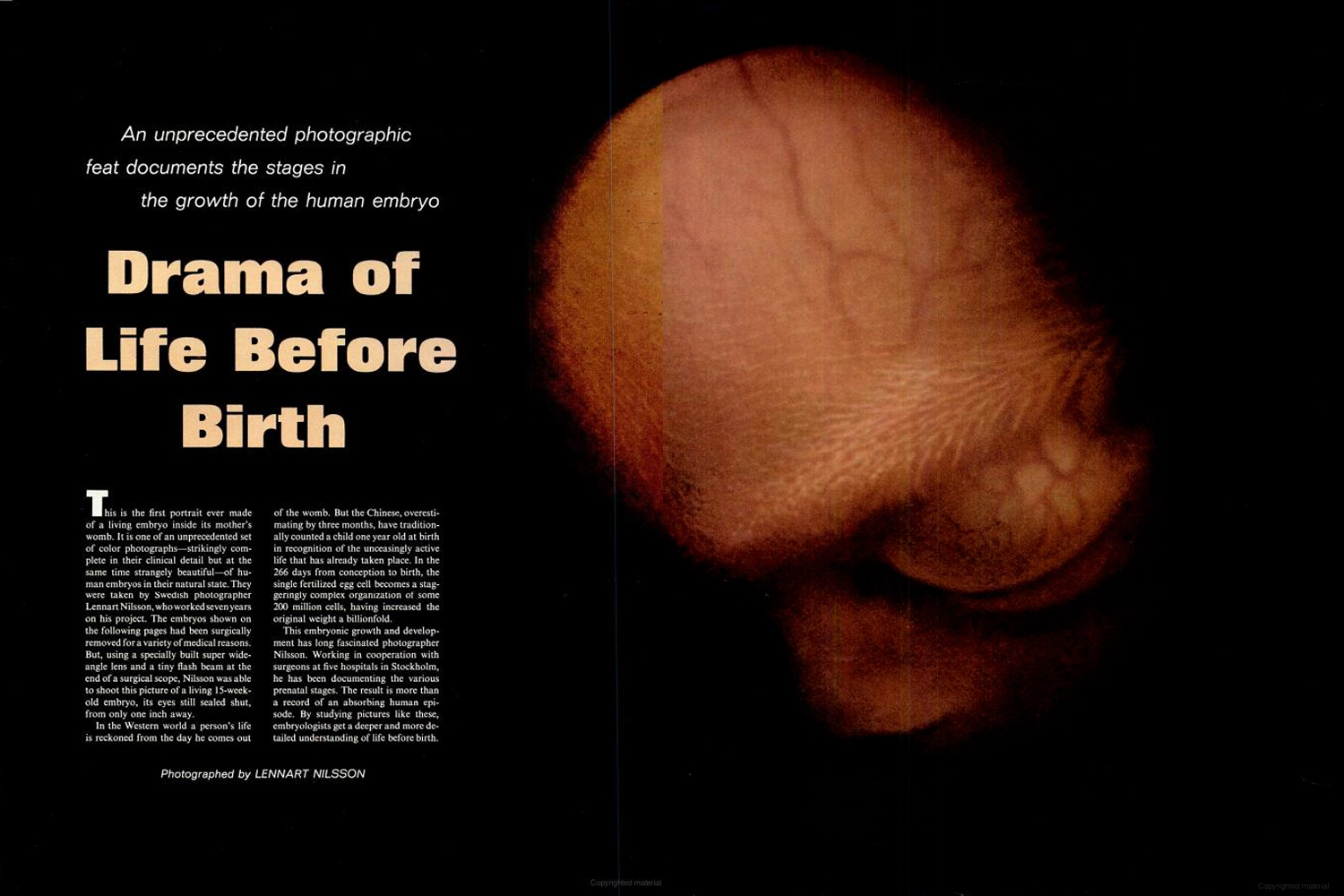
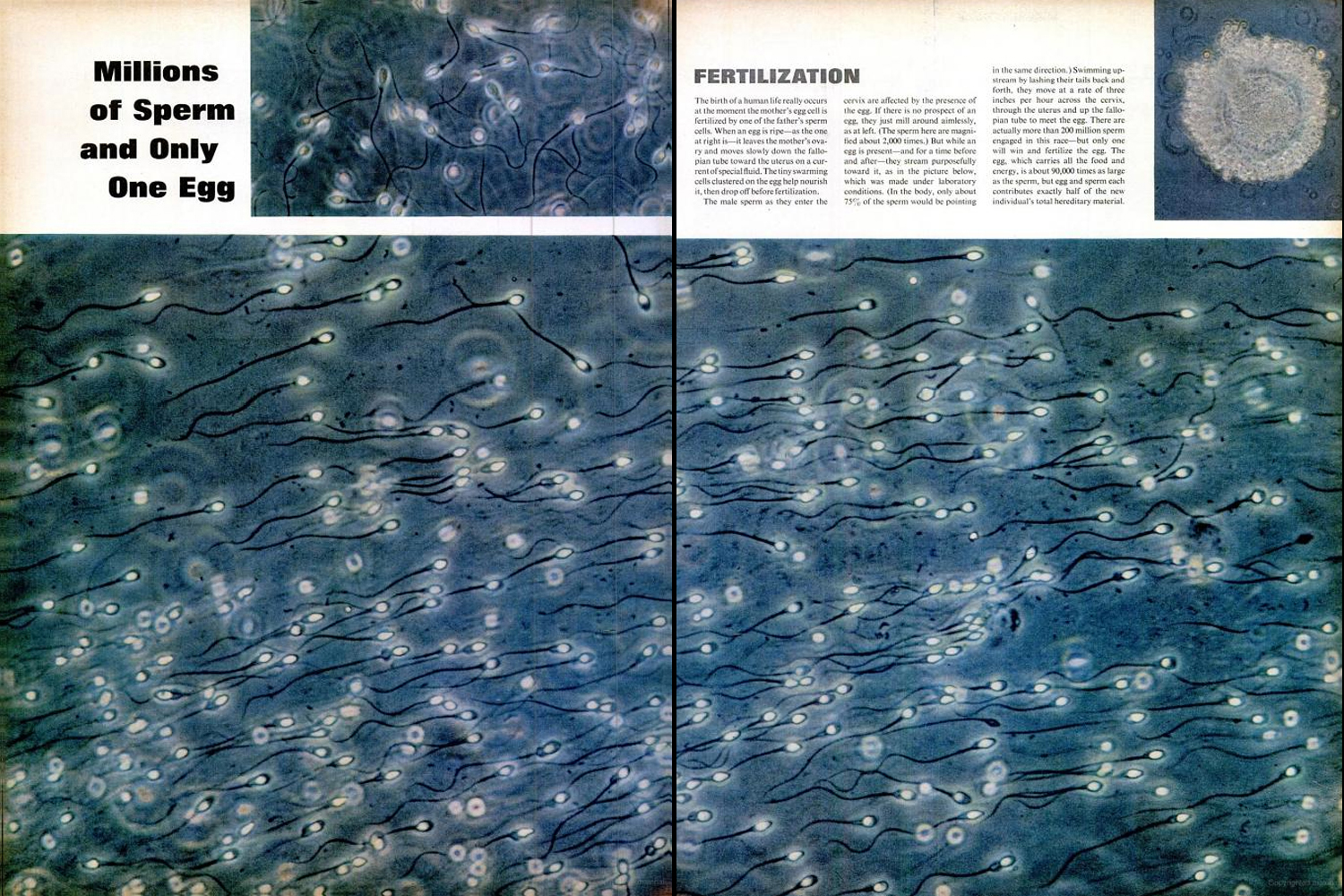
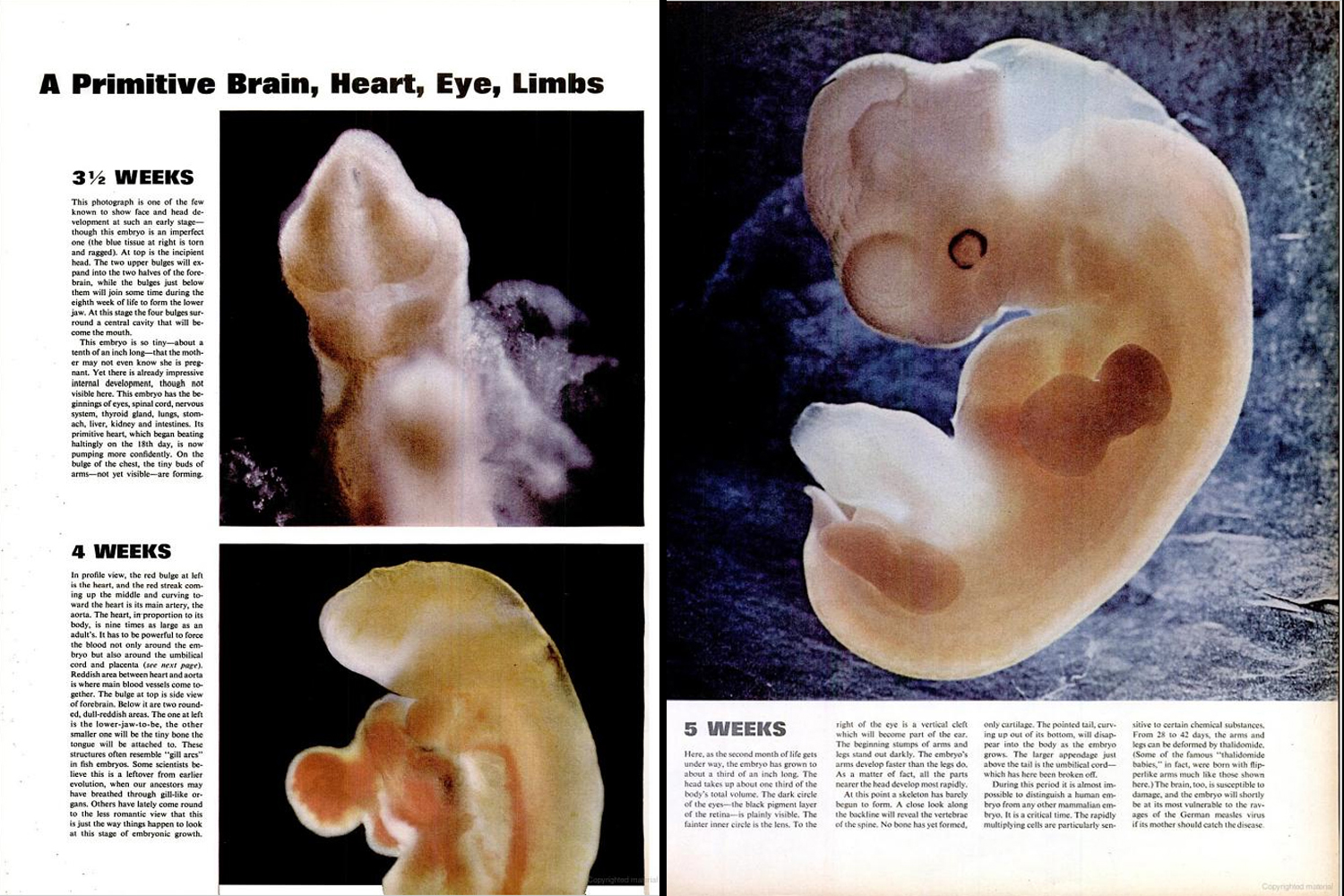
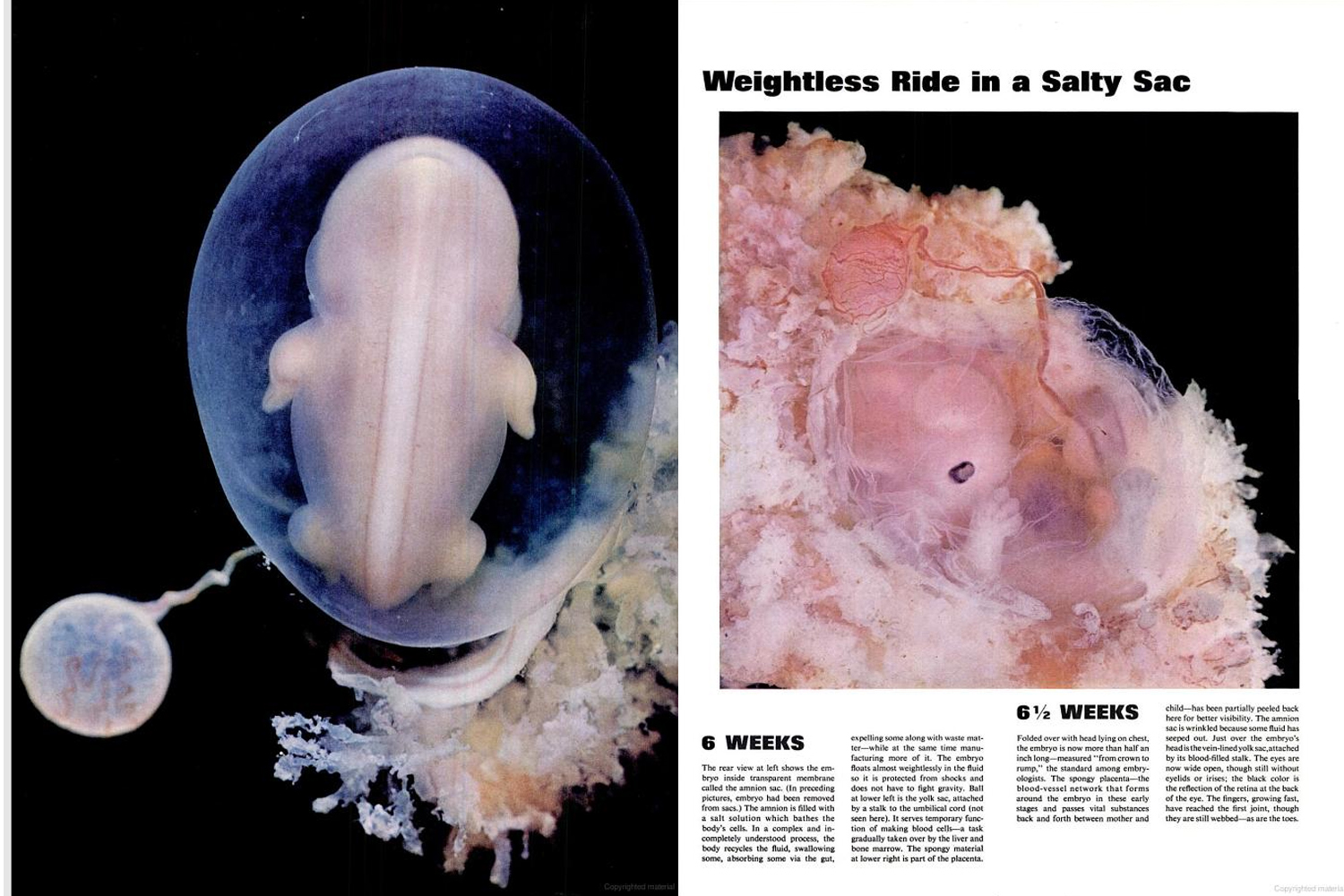
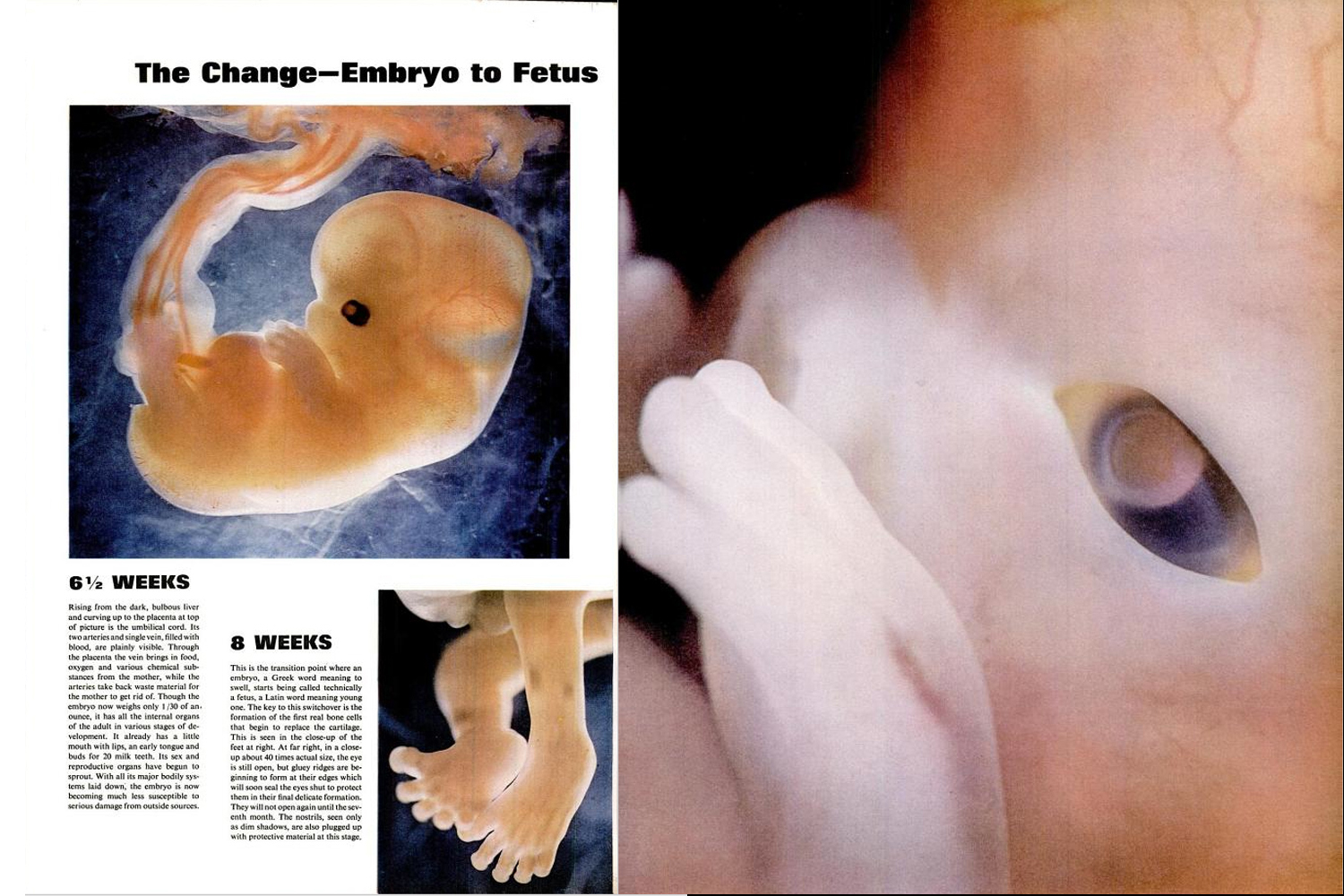
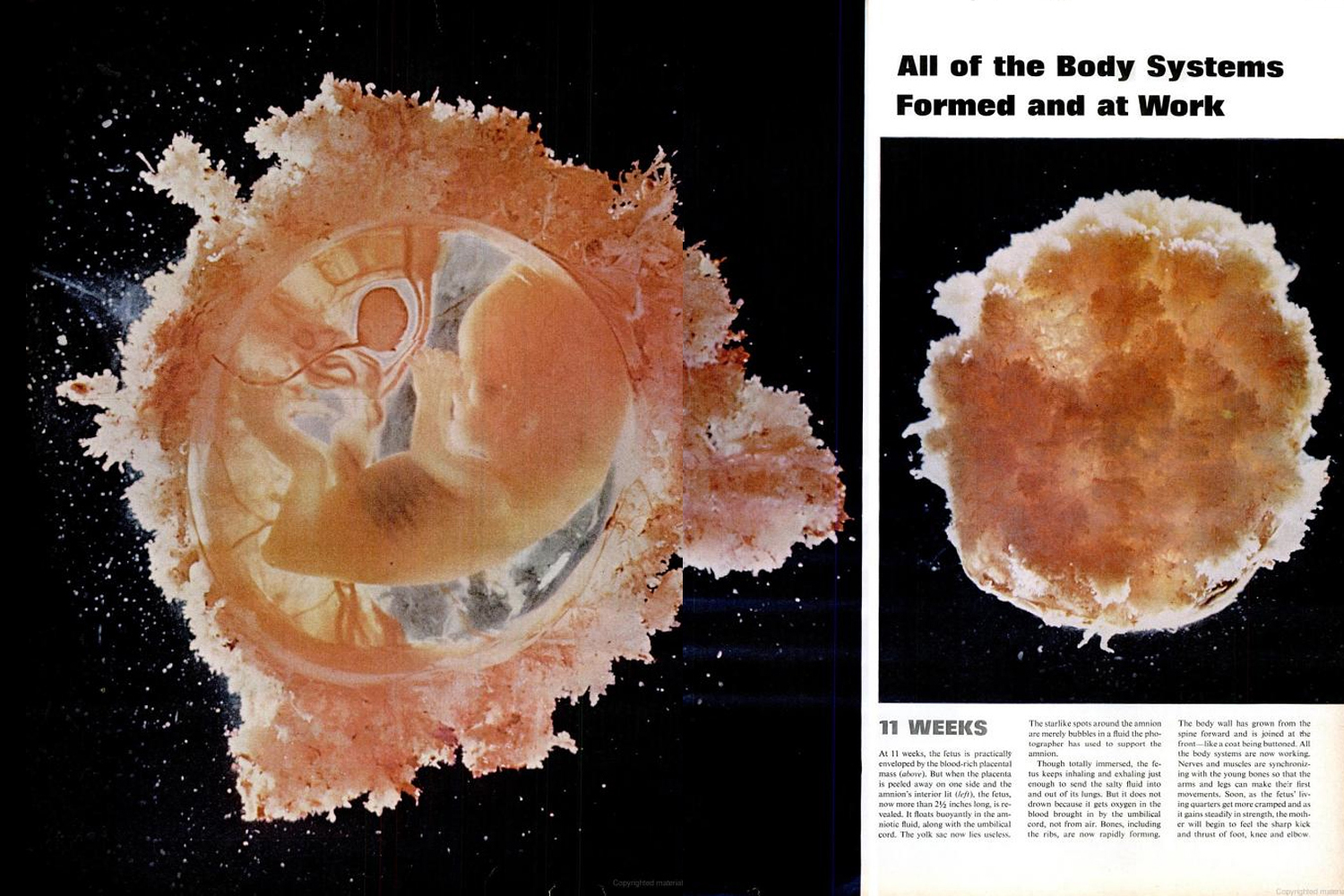
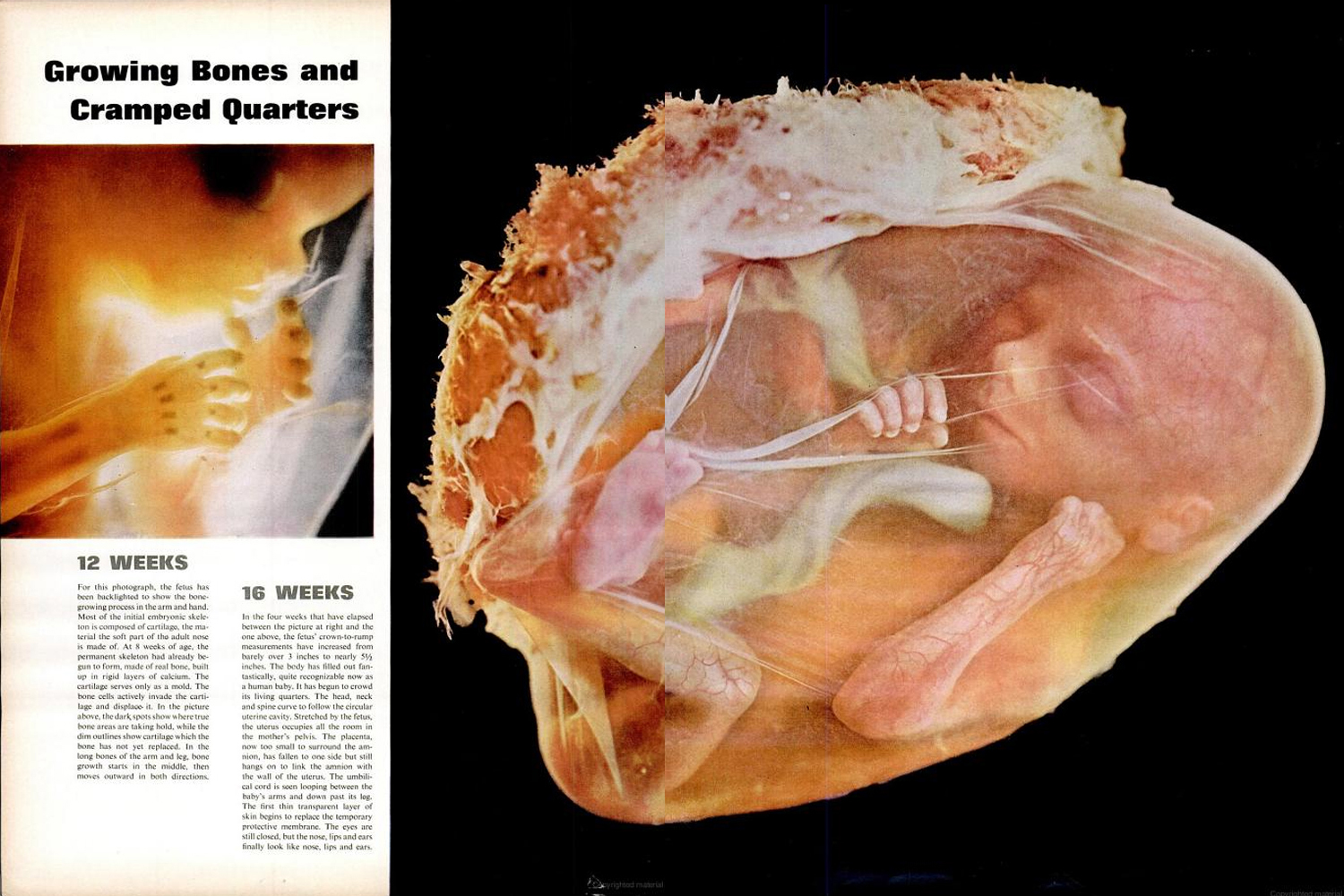
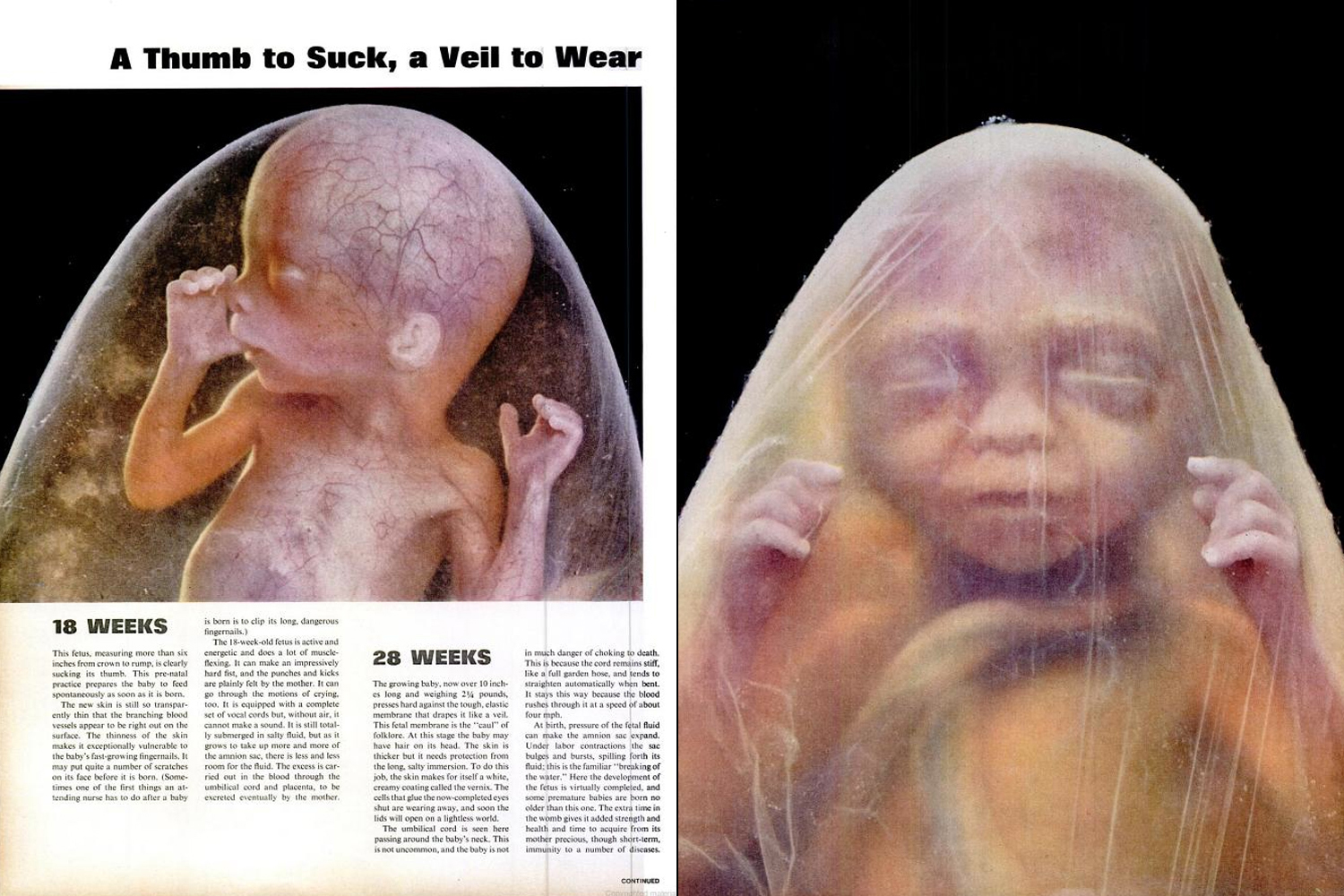
More Must-Reads from TIME
- Donald Trump Is TIME's 2024 Person of the Year
- TIME’s Top 10 Photos of 2024
- Why Gen Z Is Drinking Less
- The Best Movies About Cooking
- Why Is Anxiety Worse at Night?
- A Head-to-Toe Guide to Treating Dry Skin
- Why Street Cats Are Taking Over Urban Neighborhoods
- Column: Jimmy Carter’s Global Legacy Was Moral Clarity
Contact us at letters@time.com